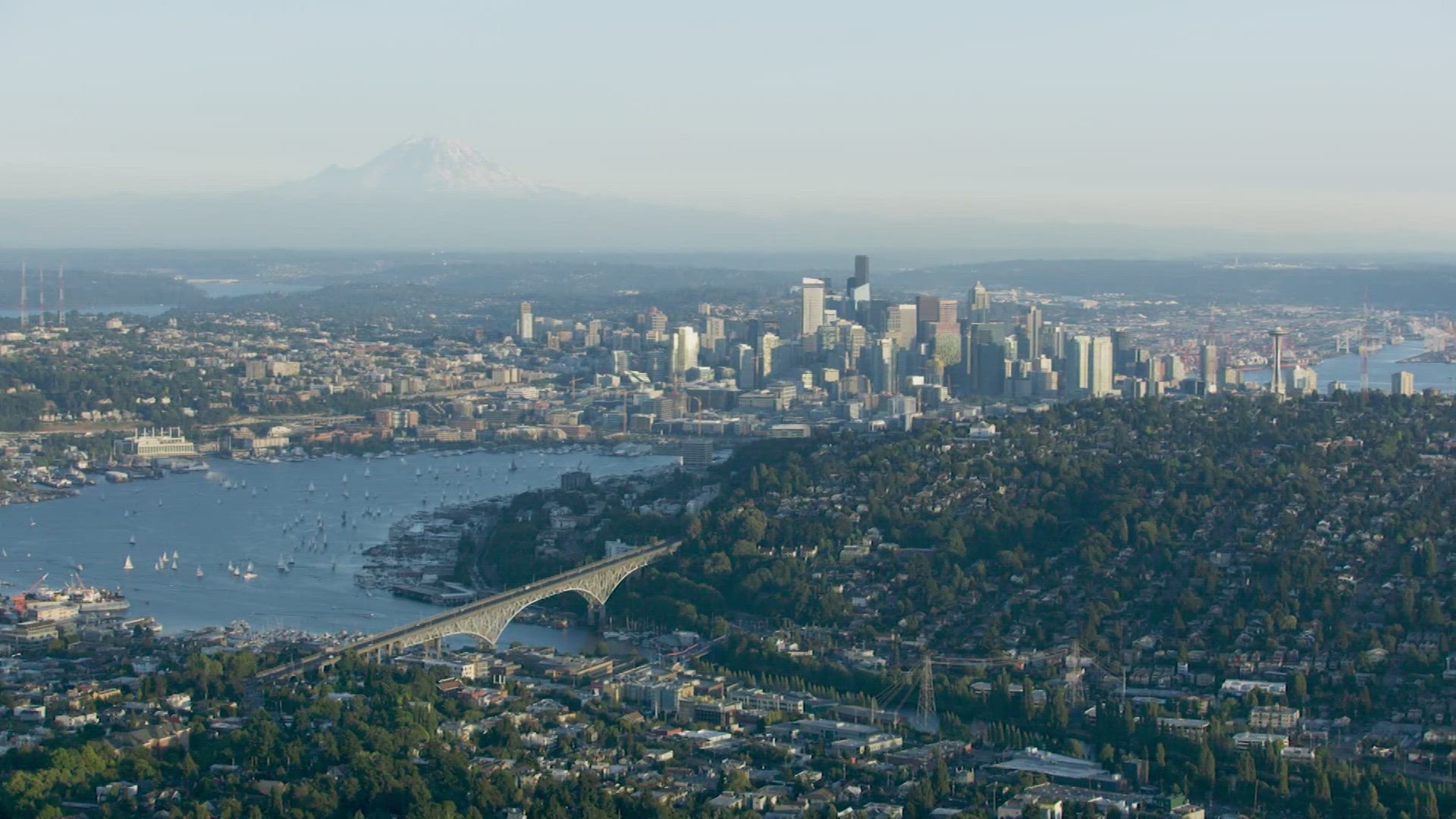SEATTLE — It’s going to be a warmer and drier winter in Washington and around the Pacific Northwest as an El Niño winter moves in.
El Niño is a natural warming of the Pacific Ocean along the equator. It’s a rapidly developing climate pattern impacting winter weather across the United States typically every two to seven years.
Data suggests January, February and March will be very dry months compared to past years across the northern U.S. Meanwhile, states in the south could see wetter conditions and cooler temperatures, according to Dr. Daniel Swain, a climate scientist at UCLA.
This year’s El Niño winter may be more historic and less predictable due to other climate factors, such as additional oceanic warming off the coasts of Japan, Russia, the Arctic Circle and Canada, according to CNN reporter Mike Valerio.
“All of that warming has never happened before at the same time as El Nino is happening,” Valerio said, which could potentially disrupt the understanding of how this system moves and how winter climates will be impacted.
Regionally, an El Niño winter would mean an unusually dry winter in the Pacific Northwest and Hawaii. The Pacific Northwest will see a “very dry and much warmer” winter season, Valerio said.
This is an issue coming out of the Pacific Northwest’s dry and dangerous wildfire season over the mid-to-late summer season, he added.
KING 5 Meteorologist Leah Pezzetti notes that while data from the Climate Prediction Center (CPC) shows a warm and dry season, this is compared to season averages – there will still be rainy days, storms and possibilities of snowfall.
“We’re talking more climate, which is big picture, and less weather, which is day-to-day,” Pezzetti said.
Below-average rain levels in the PNW will be met with above-average temperatures in October, November and December, she added.
The CPC says El Niño winter predictions will firm up in the coming weeks.

